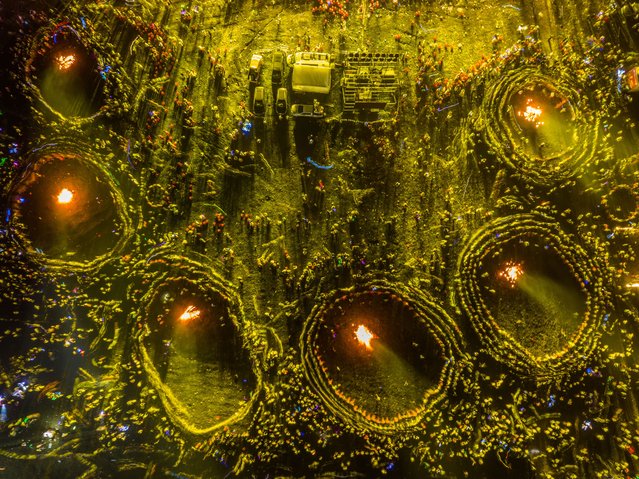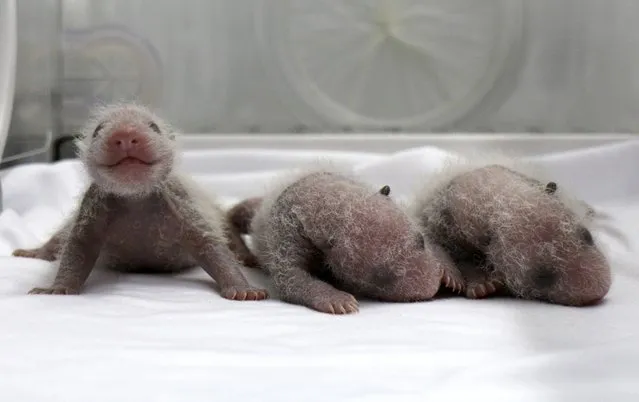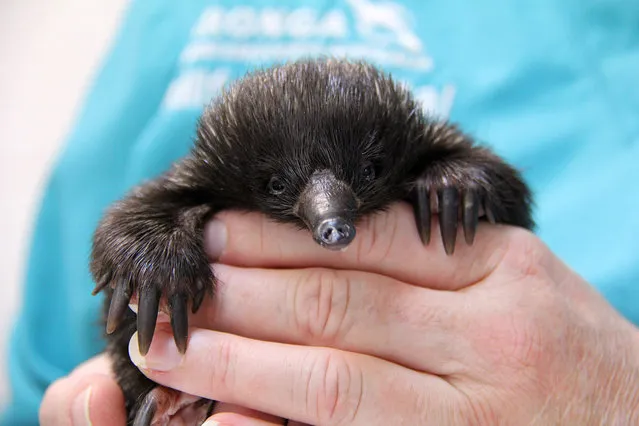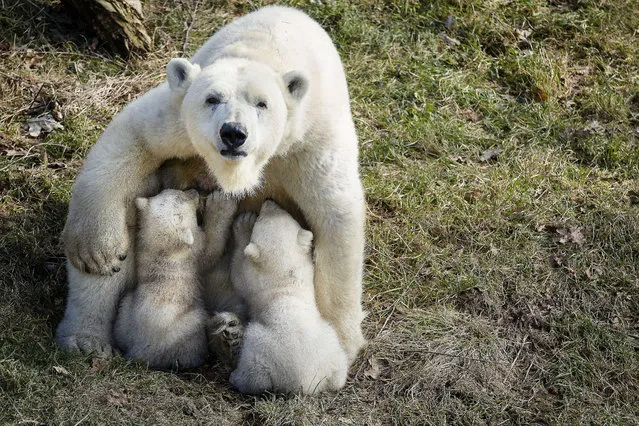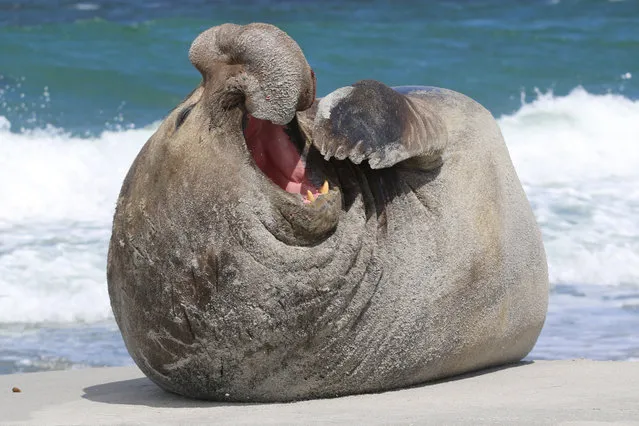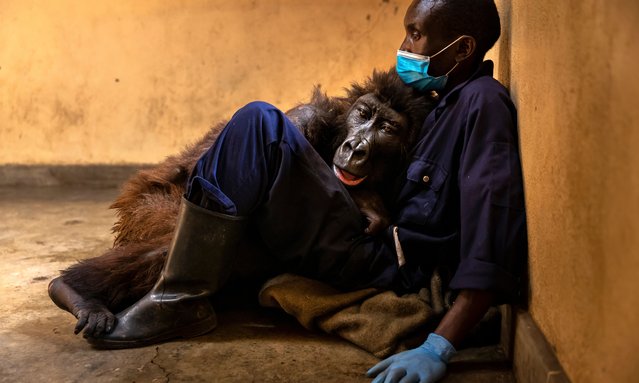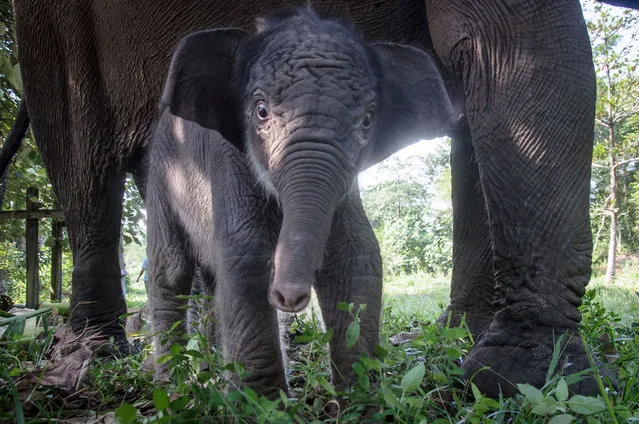
This photo taken on September 1, 2023 shows a one-day-old female Sumatran elephant by her 41-year-old mother elephant named Lisa at the Elephant Flying Squad camp in the Tesso Nilo National Park in Pelalawan, Sumatra. (Photo by Wahyudi/AFP Photo)
24 Sep 2023 03:30:00,post received
0 comments

